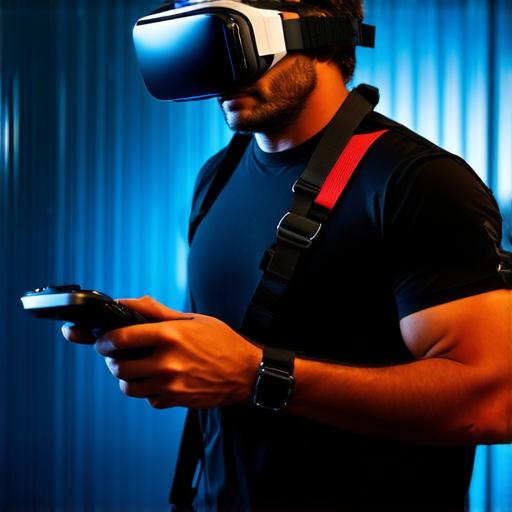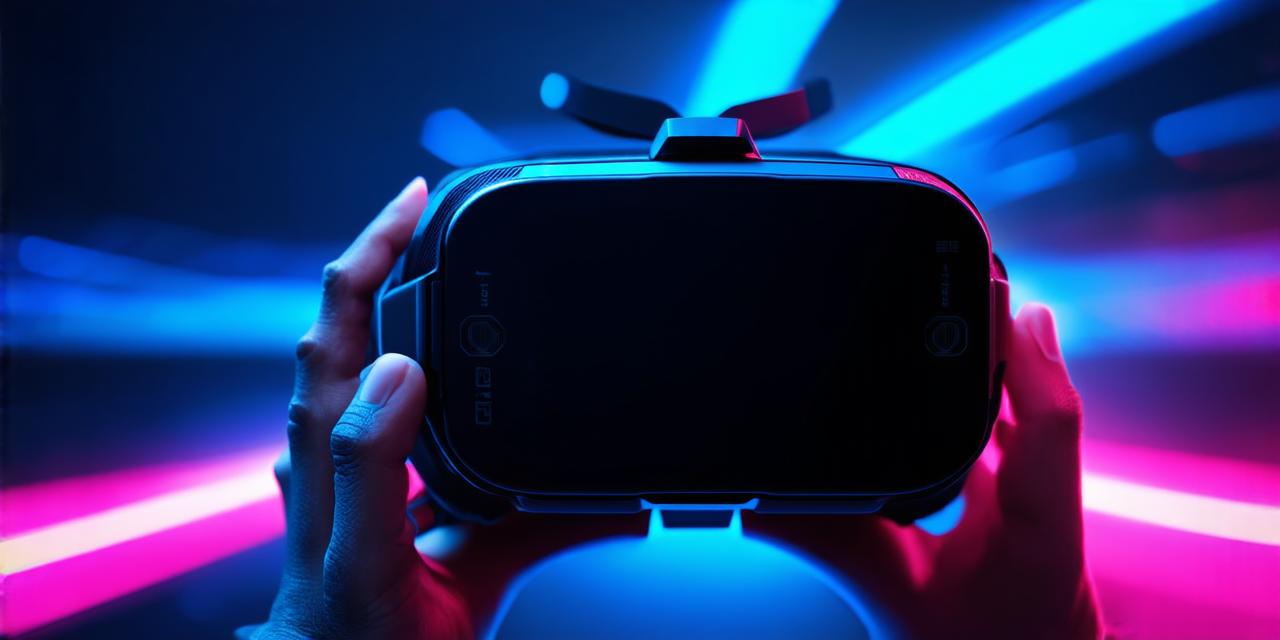
What are Virtual Reality Headsets?
Virtual reality headsets are devices worn on the head that simulate a 3D environment around the user. They typically consist of a display screen for each eye, which presents stereoscopic images that create an illusion of depth and space. The headset also includes sensors and tracking systems that allow the user to move their head and interact with the virtual environment in real-time. Virtual reality headsets can be wired or wireless and are used in various applications such as gaming, education, healthcare, and training.
Types of Virtual Reality Headsets
There are several types of virtual reality headsets available on the market today, each with its unique features and technical specifications. Here are some of the most popular types of VR headsets:
1. Wired Virtual Reality Headsets
Wired virtual reality headsets require a cable connection to a computer or gaming console to deliver content. They are generally more affordable than wireless headsets and offer higher resolution graphics and better tracking accuracy. Some examples of wired VR headsets include the Oculus Rift, HTC Vive Pro, and PlayStation VR.
2. Wireless Virtual Reality Headsets
Wireless virtual reality headsets allow users to move around freely without being tethered to a computer or console. They are more convenient than wired headsets, as they do not require any cables or cords. However, they tend to have lower resolution graphics and less accurate tracking compared to wired headsets. Some examples of wireless VR headsets include the Oculus Quest 2, Samsung Gear VR, and Google Daydream.
3. Standalone Virtual Reality Headsets
Standalone virtual reality headsets are self-contained devices that do not require a computer or console to function. They typically have built-in displays and sensors, making them easy to use and set up. However, they tend to have lower resolution graphics and less advanced tracking compared to wired and wireless headsets. Some examples of standalone VR headsets include the Samsung Gear VR, Google Daydream, and Oculus Quest 2.
Technical Specifications of Virtual Reality Headsets
Virtual reality headsets have several technical specifications that determine their performance and capabilities. Here are some of the most important technical specifications to consider when choosing a VR headset:
1. Display Resolution
Display resolution refers to the number of pixels per inch (PPI) displayed on each eye. Higher resolution displays provide more detailed and realistic visuals, while lower resolution displays can result in pixelated or blurry images.
2. Field of View (FOV)
Field of view refers to the angle at which the user can see within the virtual environment. A wider field of view provides a more immersive experience, while a narrower field of view can limit the user’s perception of the virtual environment.
3. Tracking Accuracy
Tracking accuracy refers to how well the headset tracks the user’s movement and position within the virtual environment. Higher tracking accuracy provides smoother and more realistic interactions with virtual objects, while lower tracking accuracy can result in lag or distortion.
4. Frame Rate
Frame rate refers to the number of frames per second (fps) displayed on the screen. A higher frame rate provides smoother and more fluid motion, while a lower frame rate can result in choppy or jerky movements.
Real-Life Examples of Virtual Reality Headsets in Action
Virtual reality headsets are being used in various industries to create immersive experiences that enhance learning, training, and entertainment. Here are some real-life examples of virtual reality headsets in action:
1. Healthcare
Virtual reality headsets are being used in healthcare to simulate surgical procedures and provide medical students with hands-on training in a safe and controlled environment. For example, the Surgical Realities platform uses virtual reality to teach surgical techniques such as laparoscopic surgery and dental implants.
2. Education
Virtual reality headsets are being used in education to create immersive learning experiences that engage students and enhance their understanding of complex concepts.
